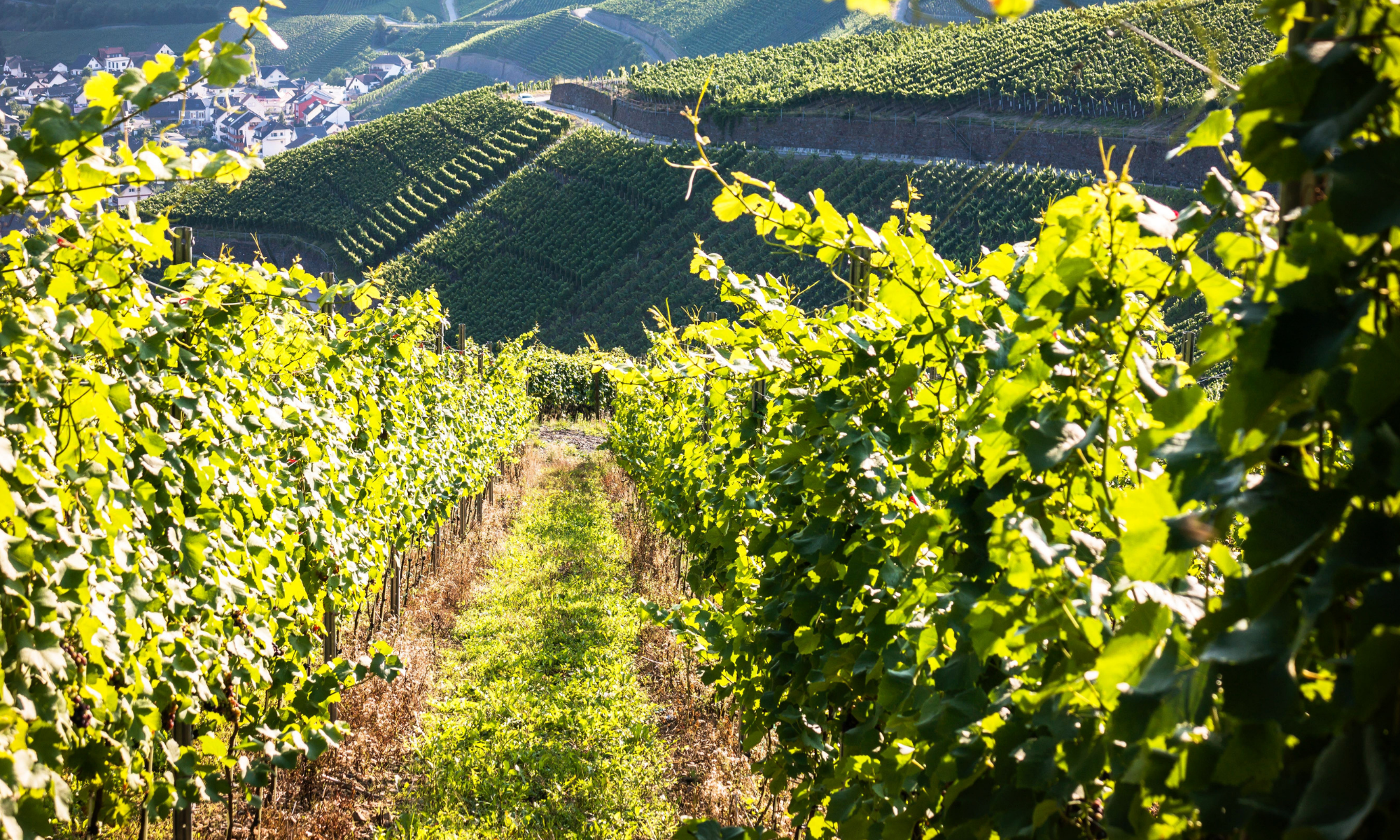This week we’re highlighting the newly-emerged picture book, Butterflies in Room 6: See How They Grow by Caroline Arnold.

Follow along with the children in Mrs. Best’s kindergarten class as they hatch painted lady caterpillars from eggs, feed the caterpillars a special diet, and wait patiently for the butterflies to emerge from their chrysalids. As you can see from the book cover, nothing is as mesmerizing as a freshly-eclosed live butterfly!
Caroline Arnold is both the author and photographer for the book and she has captured some fun and incredible images of both the insects and the children. Her 2017 book with a similar format, Hatching Chicks in Room 6, was a winner of the Cybils Award for Elementary Nonfiction.
Back matter includes answers to questions about butterflies, a vocabulary list, links to butterfly information online and suggestions for further reading about butterflies.
Butterflies in Room 6 is a must have to accompany a unit on insect life cycles or project raising painted lady butterflies. Fly out and get a copy today!
Visit Growing with Science blog for more information and activity suggestions.

Copyright © 2019 Roberta Gibson All Rights Reserved.














